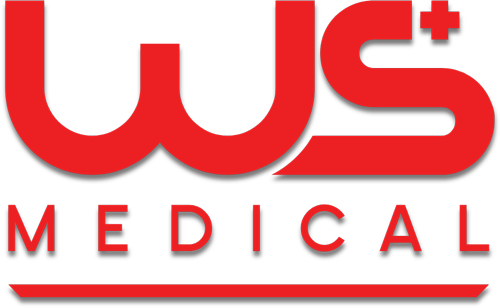Case Studies - Protac H-cushion
Hip-operated - A patient recounts
'Once before, have I been through a convalescence after a hip-operation. It was a nightmare with bad and interrupted sleep, because I couldn't find rest. The H-cushion has given me a quite different convalescence after operation number two.'
Osteoarthritis have gradually become a general disease. Annually, several thousand patients get an artificial hip. The opportunity to change position gives the patient a better sleep during the night and therefore makes the treatment process a positive experience. A rested patient possesses more mental energy and will experience a higher pain threshold. Consequently, the patient quickly makes progress during rehabilitation.
When using the H-cushion, the rehabilition will be more pleasant for the patient - both physically and mentally.
The H-cushion ensures that the hip-regime is observed. The first 3 months after the opertation, hip-operated patients cannot cross the centre-line or rotate the hip inwards, and their hip is allowed to inflect max. 90 degrees.
The H-cushion ensures this by positioning the legs stably and keeping them parallel. With the H-cushion you can roll to the side without damaging the operated hip. The H-cushion provides a more positive course of response due to better rest and relaxation as well as less pain.
The H-cushion is symmetrical which makes it useful for lying both on the left and the right side.
Spasticity - A kindergarden recounts
"A 4-year old girl with spasticity lies in a pram outside, when she is taking a nab. She often woke up because of the spasticity. Having begun to sleep with the H-cushion she now sleeps without waking up and without spasms".
Children and adults suffering from spasticity find great comfort in using the H-cushion. Many wake up several times during the night or during a little nap due to uneasiness and spasms in the legs. Using the H-cushion separates your legs, the spasticity is reduced, and you experience a more refreshing sleep.
The H-cushion can be used for sitting, since the side cushioning stabilises the body, and participates in reducing spasticity. The shoulders are moved forward, which also reduces the spasticity.
The H-cushion can be used for sitting. At the same time the therapist can support her arms on the cushion while giving treatment.
Also use the H-cushion for lying on your stomach, while exercising.
Other groups
Traumatised pelvis fractures
This group is often restricted to sleeping on the backside. Traumatised patients often suffer from pain, which prevent them from resting. The H-cushion has a good pain-relieving effect, as it keeps the area around the pelvis in rest. By using the H-cushion, the patient can rest on the side without painfull traction in the traumatised area.
Expectant mothers suffering from pelvic insufficiency
Pregnant women need support of the pelvis to find rest. The H-cushion supports the pelvis and the stomach, as it is very stable and soft to lie with.
Back pain
The H-cushion can be used in many ways in connection with back pain. You can lie on one side and thereby relieve the pressure on the back. You can also place the H-cushion across and under your knees and thereby relieve the pressure on your back.
Knee, foot, leg injuries
In case of knee, foot and leg injuries, the H-pillow can be used by placing one or both legs between the two cushions. The leg is then supported, and the soft cushion does not bother the other leg. The H-cushion prevents oedema since it makes sure that the legs are positioned above heart-level letting fluid run back to the heart.

